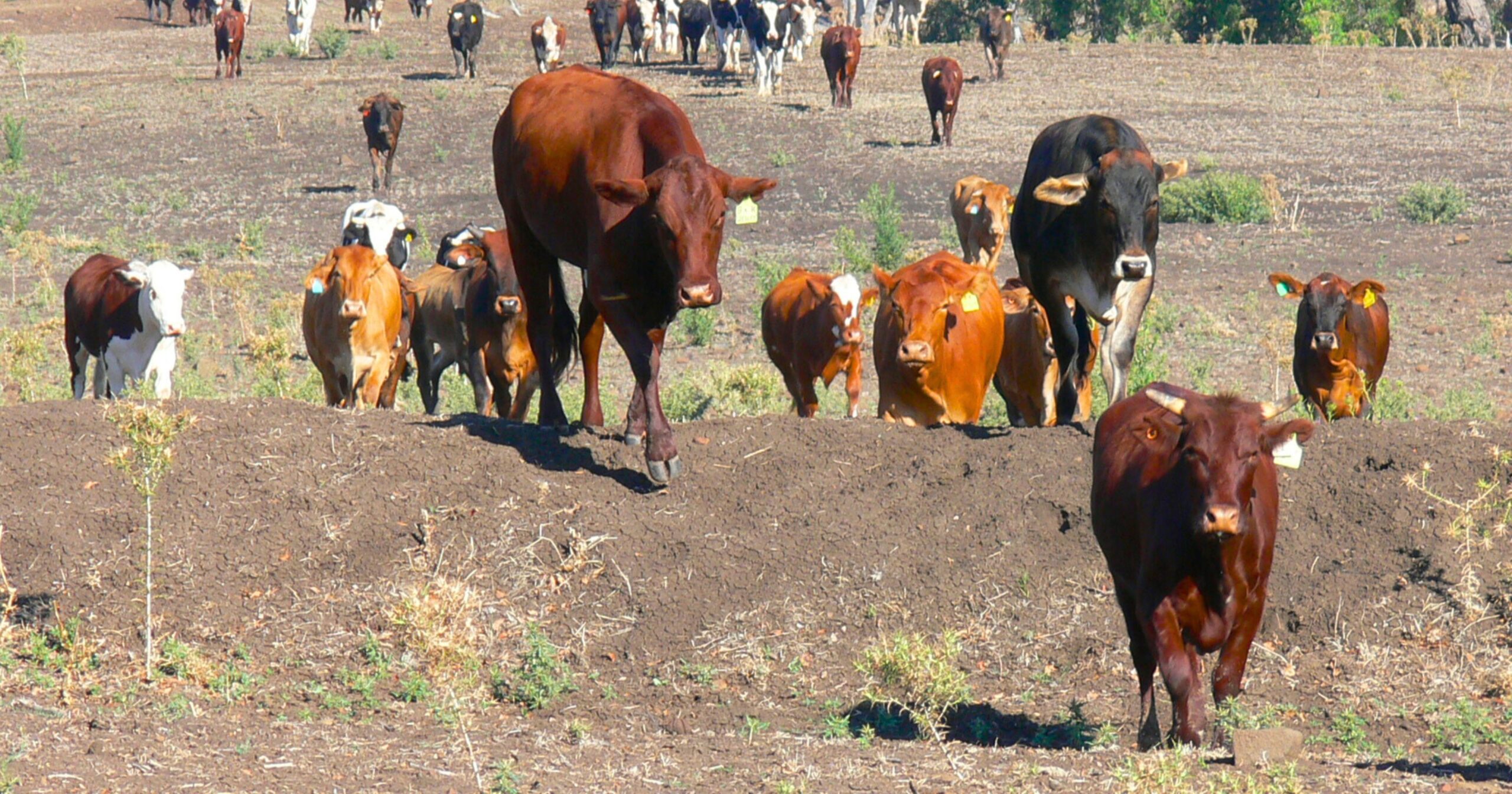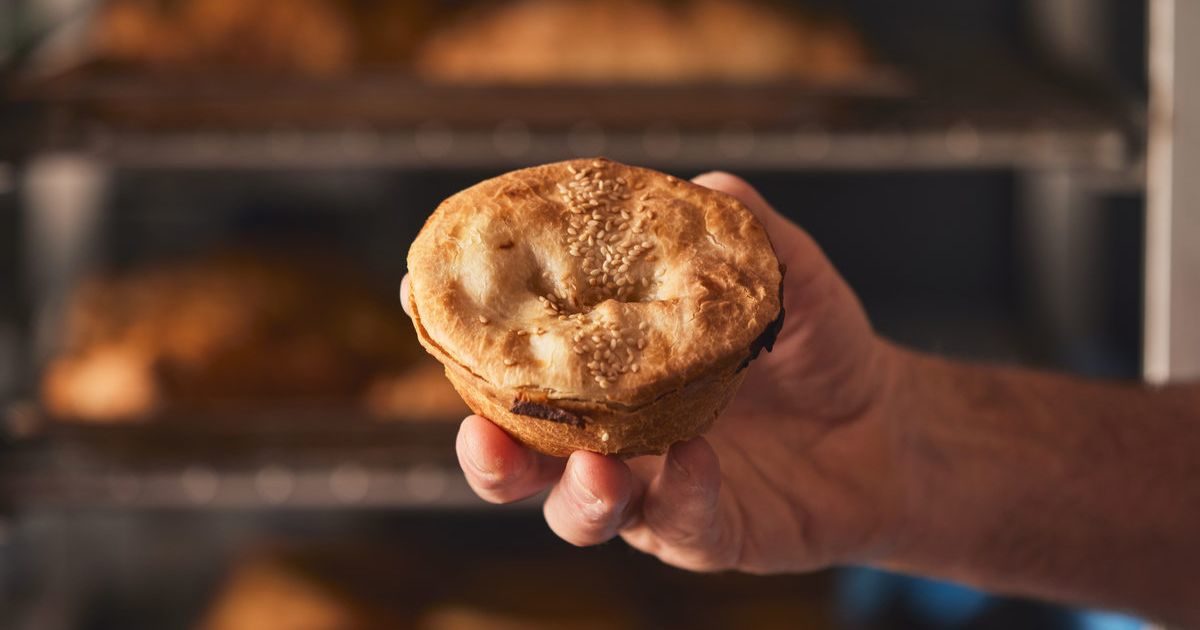On the trail of Bunny rail story

Chugging along: Norman Houghton has authored books about railway lines including Ballarat to Buninyong, Ballarat to Skipton, and Geelong to Ballarat. Photo: EDWINA WILLIAMS
A NEW book from historian Norman Houghton is proving rail travel was king in a Ballarat of yesteryear.
Houghton’s 48-page publication The ‘Bunny’ Line details the history of the goods and commuter railway, how it operated, and who used it.
Trains ran between the city centre and Buninyong from 1889, primarily in the form of little tank engines, particularly F class locomotives, with two carriages.
“The line was a product of the 1880s land boom when railways were built all over Victoria,” Houghton said.
“The railway was primarily a suburban passenger service with trains running regularly from early morning to late evening.
“By the late-1920s, numbers began dropping off due to increasing motor car ownership. The service was discontinued in 1930 on economic grounds and replaced with a Davis bus.”
Houghton said even he was surprised at how many people used the service, which was at its peak in 1913 with a maximum of 50 passengers per trip.
“Seventy thousand people a year would commute from Buninyong to Ballarat and back,” he said.
“A lot of Ballarat people would go out to Buninyong on public holidays for sports and recreation, and Buninyong industries like vegetable growers, the saw mill, butter factory, and the brewery used it to get their products to market.
“During the war, Canadian had an air force fuel depot, so petrol would come on the train to be used at the airport here, and Cressy.”
The line south of the Eureka area ceased operation in 1947 and was pulled from the ground in 1955.
Now, parts of the line can be walked, run, or cycled as part of the recreational Bunny Trail pathway.
“It renews its role as a transport link,” Houghton said. “I hope people walking along the rail trail will think about what used to chuff up and down the railway, and what was on them.”
Houghton has a professional background in cultural heritage management as an historian, archivist, and administrator, having worked at Sovereign Hill and the former Gold Museum, and the Geelong Heritage Centre.
In Queensland, he had a focus on rail, contributing to the state’s Rail Records Management Unit, Railways Capital Projects Unit, and Ipswich’s Workshops Rail Museum
He has written about 12 railway history books looking at line sections in Western Victoria and Far North Queensland, and was awarded a Medal of the Order of Australia for his services to community history.
“I love history and I’m very enthusiastic about it,” Houghton said.
Photographs for The ‘Bunny’ Line were sourced from the Buninyong and District Historical Society and Victorian Railways archives. The book is available at trainworld.net.au.


















